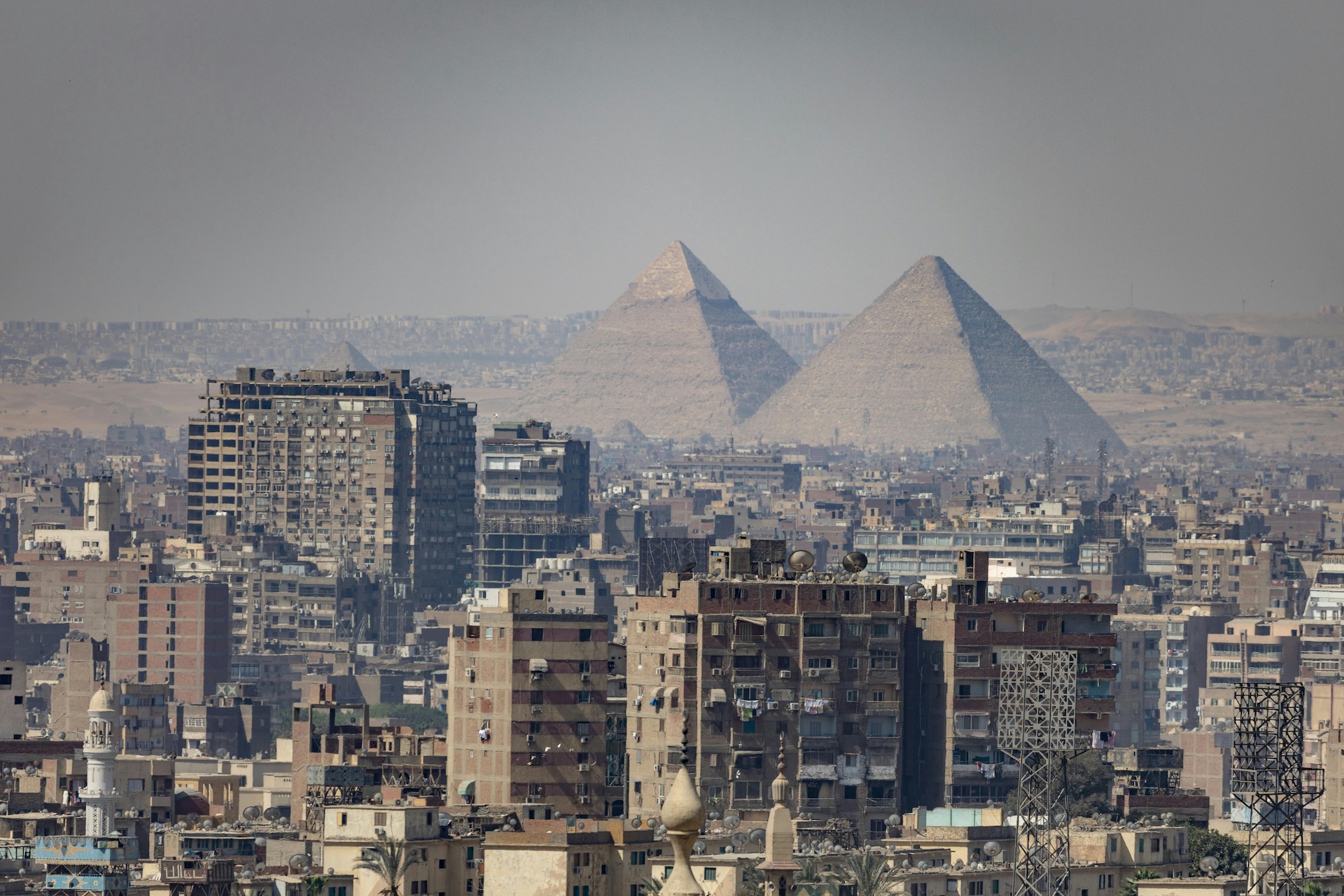Ancient Egypt: The Birth of Civilization (c. 3100-2686 BCE)
Predynastic Period & Unification
Around 3100 BCE, King Narmer (also known as Menes) unified Upper Egypt (the Nile Valley) and Lower Egypt (the Nile Delta), creating the world's first unified nation-state. This unification marked the beginning of Ancient Egypt's extraordinary 3,000-year pharaonic civilization that would leave an indelible mark on human history.
Early Dynastic Period (c. 3100-2686 BCE)
The first two dynasties established the foundations of Egyptian civilization centered around Memphis (near modern Cairo). During this period, Egyptians developed hieroglyphic writing, monumental architecture, complex religious beliefs centered on divine kingship, and sophisticated administrative systems that would characterize ancient Egypt for millennia.
The Nile - Egypt's Lifeline
Ancient Egypt developed along the Nile River, the world's longest river, whose annual floods deposited rich silt that created fertile agricultural land in the midst of desert. The Greek historian Herodotus famously called Egypt "the gift of the Nile," and indeed, the river made Egyptian civilization possible, providing water, transportation, and sustenance for one of humanity's greatest civilizations.





